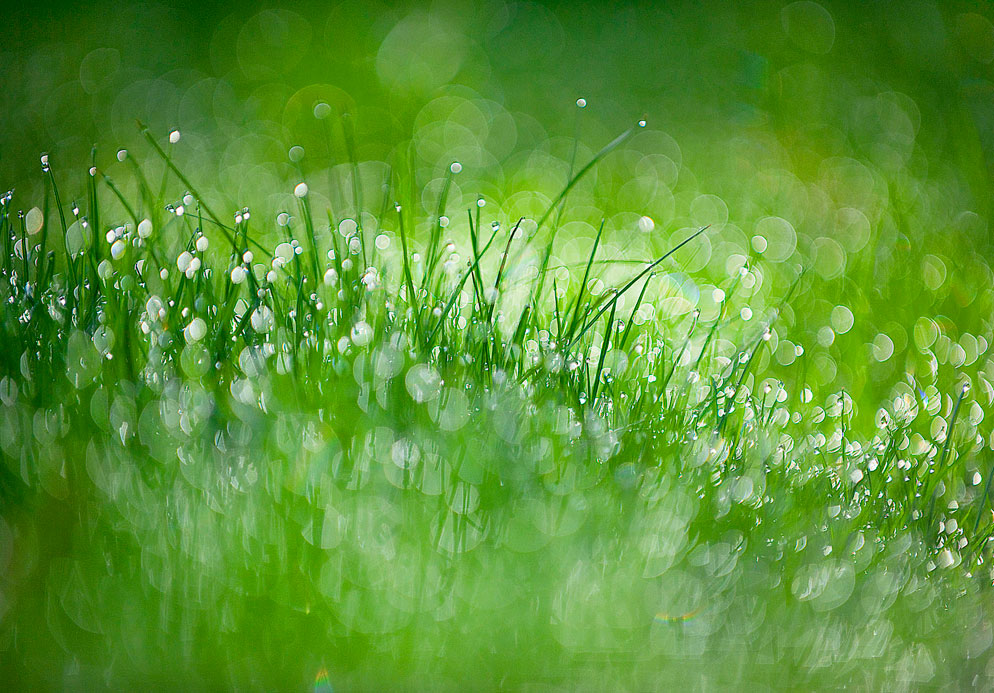

Play around with it and see what kinds of blurred background bokeh you can create. The Field Blur filter allows you to set a focal point in the image and then create varying levels of blurriness and focus in other parts of the photo. Bokeh is a Japanese word meaning blur, but you often hear the term used to refer to the aesthetic quality of a blurred image or how a blurred image feels when you’re looking at it. With photo-editing programs like Adobe Photoshop and Adobe Lightroom, creating beautiful bokeh effects in post-production is as easy as applying the Field Blur tool. Bokeh (pronounced bow-kay) is a technique that photographers and cinematographers use to create dreamlike and artistically blurred effects in photos or on film. “You want to determine what to focus on in the frame yourself instead of letting the camera choose,” says photographer Khara Plicanic. Zoom Lenses do not usually have wide enough apertures to create bokeh backgrounds.

And turn off your autofocus point selection. Creating a bokeh effect is mostly the same, except that it works best when your subject/depth of field is very close to the camera, and you have a light source off in the background.

It includes 50 bokeh images with a range of different colors and bokeh sizes from which you can choose. Try focusing on different parts of your subject, snapping pictures, and seeing how everything comes out. If you want to get a set of bokeh overlays to work with, check out our Ultimate Bokeh pack. Try taking shots of your subject from different distances, and with the subject at varying distances from their surroundings, to see how it changes the bokeh your lens produces.įocus: What you choose as your focal point will alter the focal plane. Positioning: Proximity of your camera to your subject and of your subject to their background will all affect bokeh. Experiment with those f-stops and see what you come up with. The best lenses for beautiful bokeh are portrait lenses such as Nikon 50mm f/1.4, Nikon 85mm f/1.4 and Nikon 70-200mm f/2.
#Best bokeh video free#
Experiment with f-stops in relation to shutter speed to see how your bokeh shifts and changes.Īperture: The main mover and shaker for bokeh is going to be the depth of field you create with your aperture settings. 1,661 Best Bokeh Overlay Free Video Clip Downloads from the Videezy community. As you open up the aperture of your camera, you can increase the shutter speed to get crisper images. It’s measured in seconds, so a fast shutter speed might be 1/1,000 of a second versus a slow speed of a second. Shutter speed: Shutter speed determines how long the shutter on your camera remains open to allow light to hit the film in your camera, or its digital sensor.
#Best bokeh video how to#
How shutter speed, aperture, and positioning affect bokeh.įor your experimentation, start with a well-lit, static object, like a bowl of fruit, and take trial shots to help you figure out how to create the bokeh you want to see: If more bokeh is your aim, consider a lens focal length of 70mm and higher. Longer focal lengths - whether in zoom or prime lenses - can help you maximize bokeh. For maximum bokeh, you want lenses that have the ability to stop to 1.2 or 1.4. For creating beautiful images with high-quality bokeh, you’ll want lenses that have low f-stops.


 0 kommentar(er)
0 kommentar(er)
